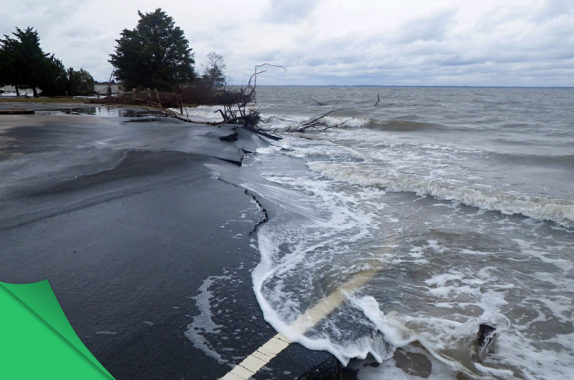Grade Level
9-12
minutes
1-3 hours
subject
Earth Science
Activity Type:
research, enviromental, climate change, data analysis
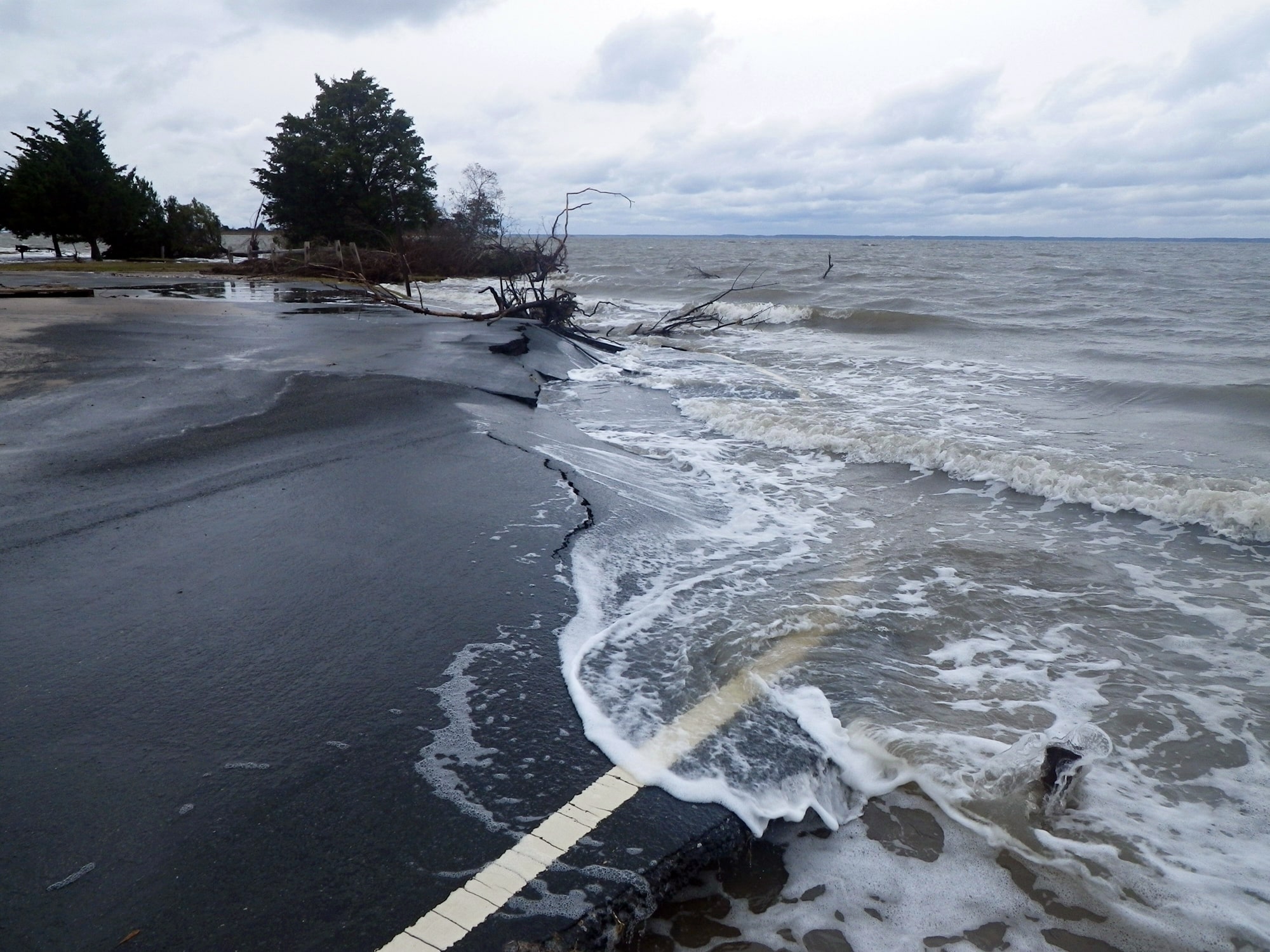
Many places around the world are already feeling the effects of anthropogenic climate change. The grandchildren of those alive today will probably feel a much greater burden. What can you do to ensure your future family is comfortable and safe? In this resource, you will explore the impacts of climate change on the U.S. and where your family may want to settle in the year 2063. You will explore climate change impacts on resources needed for living and the predictions of the likely impacts on places across the country. You will then determine the most important features to you and your family for a safe and healthy life. Once you have decided what is needed, you will select a plot of land to purchase that will have a high likelihood of shielding you all from climate change effects. Finally, you will defend your choice using actual climate and real estate data.
Educators, be sure to review the Teaching Guide and the Conclusion & Presentation section of this document.
Materials For Online Implementation:
— Computers with Internet Access
— Climate Future Student Guide
— Regional Climate Model Resource document
— Microsoft Word (or Google Docs)
— Microsoft Excel (or Google Sheets)
— Microsoft PowerPoint (or Google Slides)
Timing:
— Small groups of three or four (recommended): three to four 50-minute class periods
— Individual students: seven to ten 50-minute class periods
Learning Target: Students will select a plot of land to purchase that would have a high likelihood of shielding their family from negative climate change impacts and provide an environment that could independently sustain habitation.
Where Will You Purchase Land For Your Grandchildren?
A long-lost great aunt of yours passed away recently, and you were given $75,000 from her will. In contemplating what you would do with this, you feel a good investment in your family’s long-term future would be the purchase of a plot of land. A homestead in a region that can withstand the coming climate changes would be perfect.
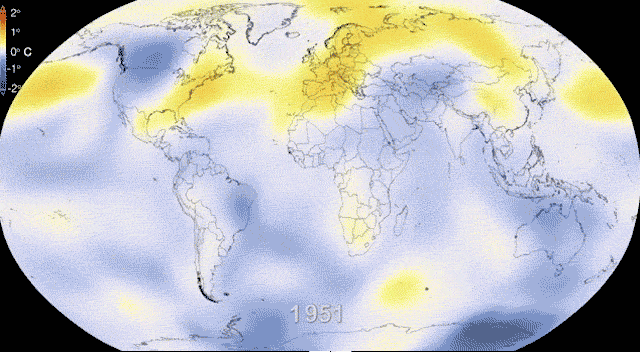
You will need to research and identify a location that you feel has appropriate resources such as fresh water, farmable land, and protection from extreme weather events. You’ll need to determine the ideal proximity to cities or metropolitan areas to meet your needs. But these resources and safety will need to be present in the year 2063, when your grandchildren may need to live in a place less impacted by the changing climate.
Climate Change Activity Section Quick Links:
— Activity 1: Climate Change Background Knowledge And Simulator (Student Guide)
— Activity 2: Identify Property Needs (Student Guide)
— Activity 3: Regional Climate Information – Where Will You Buy? (Student Guide)
— Activity 4: Property Search (Student Guide)
— Activity 5: Conclusion and Presentation (Student Guide)
Science Friday Is Measuring ‘Degrees Of Change’—And We Need Your Help
Activity 1: Climate Change Background Knowledge And Simulator
Before you decide on where you are going to buy land in order to weather climate change, you’ll need to make sure you understand what climate change is, why it is occurring, and how it may ultimately impact the world. Several impacts of climate change are already apparent:
— Increased frequency and intensity of severe weather events like hurricanes, typhoons, and tornados
— Coastal flooding
— Watershed flooding in rivers, streams, and other waterways
— Increased frequency and intensity of abnormal or extreme weather patterns, such as heatwaves or the Polar Vortex
— Impact on growing seasons and growing capacity due to over-saturation or drought
Start by bringing yourself up to speed with the following readings and activities:
- Read the climate change background information in the Activity 1 Guide.
- Watch this TedEd Climate Change video:
- Try out this simulation to see how temperature changes as you add carbon dioxide to the atmosphere, use the climate change simulation section in the Activity 1 Guide to help you, and respond to the reflection questions.
Want to explore further? Check out this climate video collection from TedEd!
Activity 2: Identify Property Needs
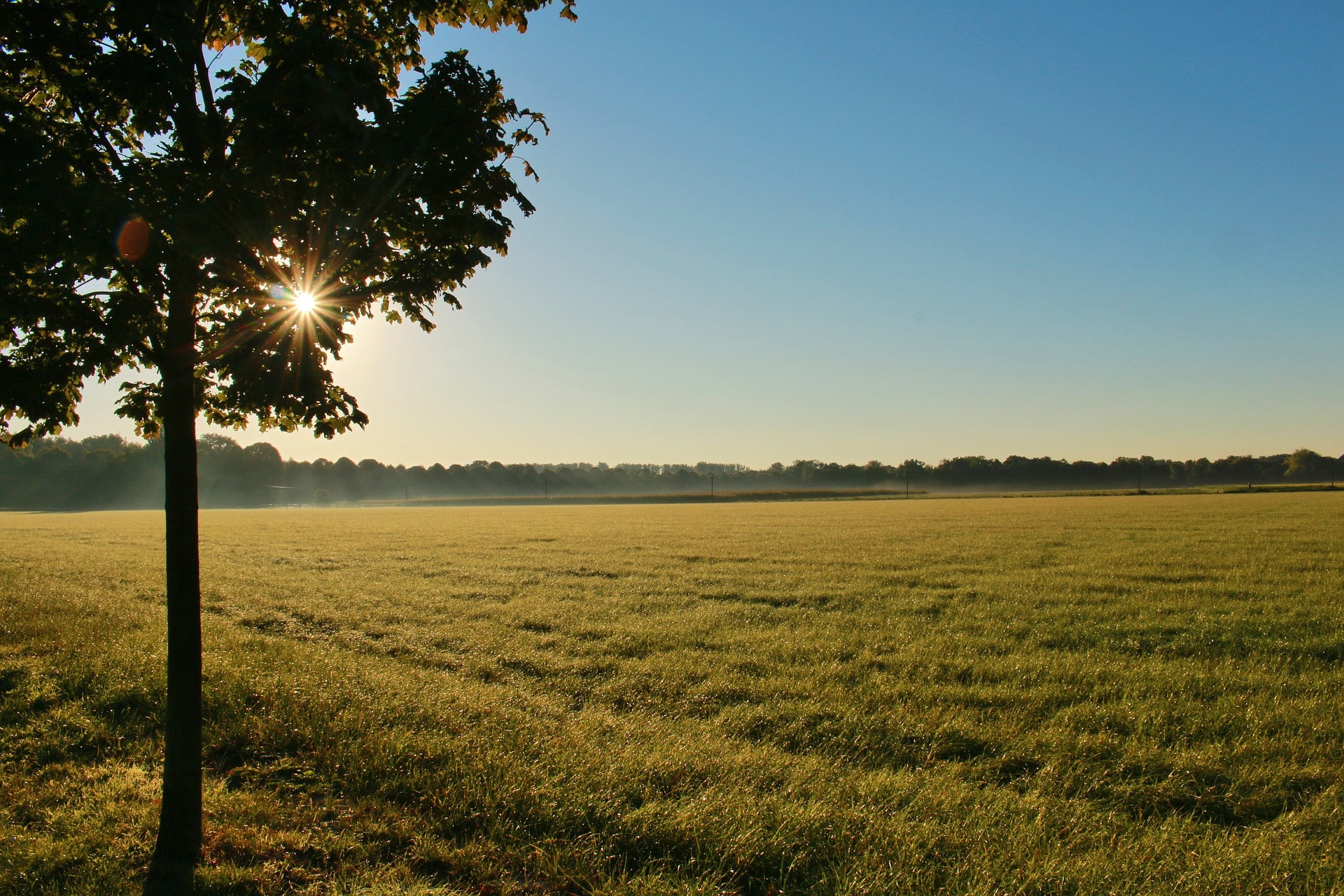
Now that you have increased your climate change IQ, let’s get you ready to find a property! Even before deciding which part of the country would be best for your property purchase, determine what is needed to allow your family to live “off the grid.” What resources will you need so that you won’t have to rely on others for food, water, shelter, or electricity? How much land should you buy? Where do you even start looking?
Core requirements for your property search:
— Clean, dependable source of freshwater
— Natural building materials such as trees, rock, or clay
— A property located in a climate that includes a growing season for growing crops to eat
— Low probability of extreme weather events (hurricanes, tornadoes, etc.)
— A place with few temperature extremes
— Enough space for growing food (plants and livestock), collecting water, and generating electricity. For a family of four, you will need at least 2.5 acres of land with stable soil for planting crops.
Based on your research, make a list of “must-haves” and “nice to haves” for your ideal property in Activity Guide 2, making sure to justify your selections:
- Why are the core requirements “must-haves” for your property?
- What features are “nice-to-haves” for your property? Why?
- How big of a parcel of land will suit your needs?
Where Will Climate Change Impact The US? Everywhere.
Activity 3: Regional Climate Information - Where Will You Buy?
The first major decision you’ll need to make as you begin to narrow down your target property is where in the country you want to start looking. The search for this activity is limited to the continental United States, but between the Atlantic and Pacific Oceans lies a diverse landscape. There is a multitude of different environments in the various regions in the United States, each with their own pros and cons. How will you ever decide?
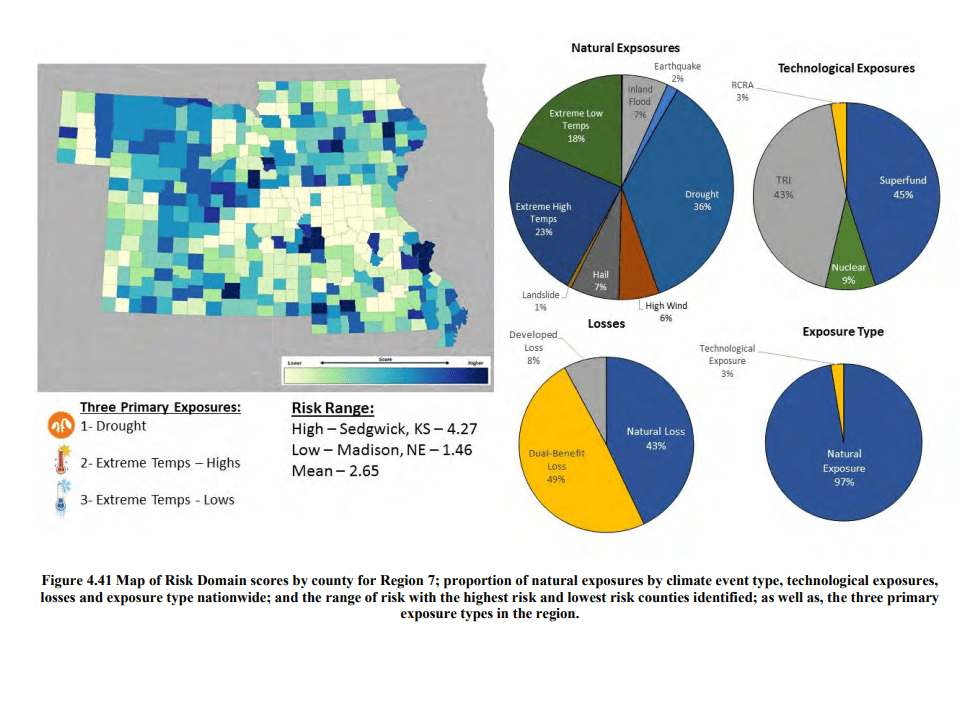
In 2018, the Fourth National Climate Assessment was released. This is a scientific report outlining predictions and models for various regions in the United States. Another powerful summary of risk is the Climate Resilience Screening Summary and Framework, created by the Environmental Protection Agency. This report outlines the threats posed to every county in the United States for localized meteorological events, certain natural hazards, and the resilience to those hazards, and the increasing risks posed by climate change. Contained in the report are the five factors considered in creating the index and a region by region assessment of resilience. These findings are shown as maps, graphs of multiple types, and data tables.
Directions
- Use the Activity 3 Guide to help guide your research and organize your findings from the following three sources (links in the Regional Climate Models Resource) and begin to narrow your search to a particular region:
— Fourth National Climate Assessment Regional Summaries
— The EPA Climate Resilience Screening Index Summary
- You should summarize your findings on each of the regions in the Activity 3 Guide and narrow your search to one or two regions before starting the next activity.
How Shrinking Sea Ice May Be Shrinking Polar Bears
Activity 4: Property Search
Now that you’ve done some research on how the various regions and environments may be impacted by climate change, and narrowed your search down to a smaller region, you’re ready to start looking at some properties. Remember the following constraints as you begin your search:
— You only have $75,000 to spend, and you must spend it all at once, no mortgages.
— You do not need to worry about taxes, property insurance, or other fees for this exercise. Your only concern is the list price. Although bargaining on list price is a real part of real estate, for simplification reasons, it will not be allowed in this activity.
— You cannot buy a property that has any structure on it that people could currently live in (no houses, apartments, yurts, etc.). On every real estate website, there are search filter drop-down menus; deselect all property types EXCEPT for land to speed up your search.
— You must select your property from actual real estate listings. Try using Zillow.com, Realtor.com, or Trulia.com to begin your search.
Using the Property & Climate Information Organizer (pdf version), find and organize information for 5-8 different properties by following the directions below:
- Record each property you find in Tab/Table 1 “Log of Properties.” You don’t need to fill out the whole grid for each property, but recording some information will help you to track your search. Later you will narrow down to 5-8 properties.
- The right-most column gives a place to link to the listing. You should do this so you can easily return to any properties you’ve viewed.
- Remove any properties that you don’t like or that don’t meet any of your core criteria. After this step, you should end up with 5-8 properties for deeper analysis.
- Switch to Tab 2. If you are using the spreadsheet, the address of each property will be automatically copied from Tab 1 to Tab 2, otherwise, you’ll have to copy them over by hand.
- Add the following climate information about the properties you’ve selected in the appropriate column:
— Predicted temperatures for the region
— Risk of severe weather events
— Predicted precipitation patterns
— Freshwater or well on the property - There are two extra columns to track other “must-haves” for your property.
- After you have completed this grid, decide which property you should buy. Going Once…Going Twice…SOLD!! Record the information for the property you wish to buy in Tab 3.
Activity 5: Conclusion And Presentation
Now that you have chosen which property to purchase, it’s time to put all the information you used to make that decision into a professional, fact-based argument for why you chose the property you did. There were many factors that you considered in making your decision, this is your time to formalize those thoughts and share them with others in a presentation.
Please answer the following questions to help organize your thoughts to prepare for the creation of your property presentation.
- Write a 90-second elevator speech about why you chose this property (an elevator speech is what you would tell a person in the time it takes to ride an elevator, approximately 90 seconds). Don’t forget to include the climate change factors that informed your decision.
- Why is the region surrounding your property a safe bet for long-term climate adaptation?
- Why would your property allow for sustainable, off-grid living, even in 2063, when changes in the climate may be more apparent?
Now it’s time to create your presentation. It should include:
— A clear selection of a property that meets the guidelines for purchase ($75,000 or less, no living structures currently on the property, in the Continental United States)
— A generalized summary of predicted climate in that region in the mid-21st century with references that cite specific scientific models and/or reports
— A clear connection between the predicted climate in the region around the property you selected, and the risks, costs, hazards, and discomforts that you are avoiding by purchasing property in that region.
| Presentation Type | Basic Criteria |
|---|---|
| PowerPoint Presentation | 10-12 slides with text, images/gifs/videos, with a logical progression of slides and transitions between them |
| Oral Speech (Video) | 4-5 minutes that includes a clearly articulated position and supporting evidence. All members of the group must speak in equal proportions. peak to the audience, and don’t just reading from paper or notecards |
| Newspaper Article | 1-2 pages of column text that includes justification for selection and contains connected images throughout the text (as in print/online articles) |
| Traditional Paper | 3-5 pages, double-spaced with appropriate in-text citations using APA, MLA, or Chicago styles. |
| Interactive Website | The website has a professional feel to it, all of the links work, and has easily navigated interface. |
| Poster | Large, encompassing poster that contains, in a visually appealing fashion, all of your information, justifications for purchasing the property |
Next Generation Science Standards
HS-ESS3 Earth and Human Activity
HS-ESS3-5 Analyze geoscience data and the results from global climate models to make an evidence-based forecast of the current rate of global or regional climate change and associated future impacts to Earth systems.
HS-ESS3-1 Construct an explanation based on evidence for how the availability of natural resources, occurrence of natural hazards, and changes in climate have influenced human activity.
Disciplinary Core Ideas
ESS3.D: Global Climate Change
Though the magnitudes of human impacts are greater than they have ever been, so too are human abilities to model, predict, and manage current and future impacts.
Science And Engineering Practices
Analyzing and Interpreting Data
Analyze data using computational models in order to make valid and reliable scientific claims
Constructing Explanations and Designing Solutions
Constructing explanations and designing solutions in 9–12 builds on K–8 experiences and progresses to explanations and designs that are supported by multiple and independent student-generated sources of evidence consistent with scientific knowledge, principles, and theories.
Cross-Cutting Concepts
Stability and Change
Change and rates of change can be quantified and
modeled over very short or very long periods of time. Some system changes are
irreversible.
Credits
Written by Peter Knutson
Edited by Shirley Campbell, Ariel Zych, and Lauren Young
Digital production by Andrea Rivera-Corona, Lauren Young, Xochitl Garcia
 A selection of Science Friday’s podcasts, teaching guides, and other resources are available in the LabXchange library, a free global science classroom open to every curious mind.
A selection of Science Friday’s podcasts, teaching guides, and other resources are available in the LabXchange library, a free global science classroom open to every curious mind.
Educator's Toolbox
Meet the Writer
About Peter Knutson
Peter Knutson is the K-12 science curriculum coordinator for Dubuque Community Schools in Dubuque, IA. In the classroom, Peter focuses his lessons on real-world, science-based scenarios and student-designed labs.
